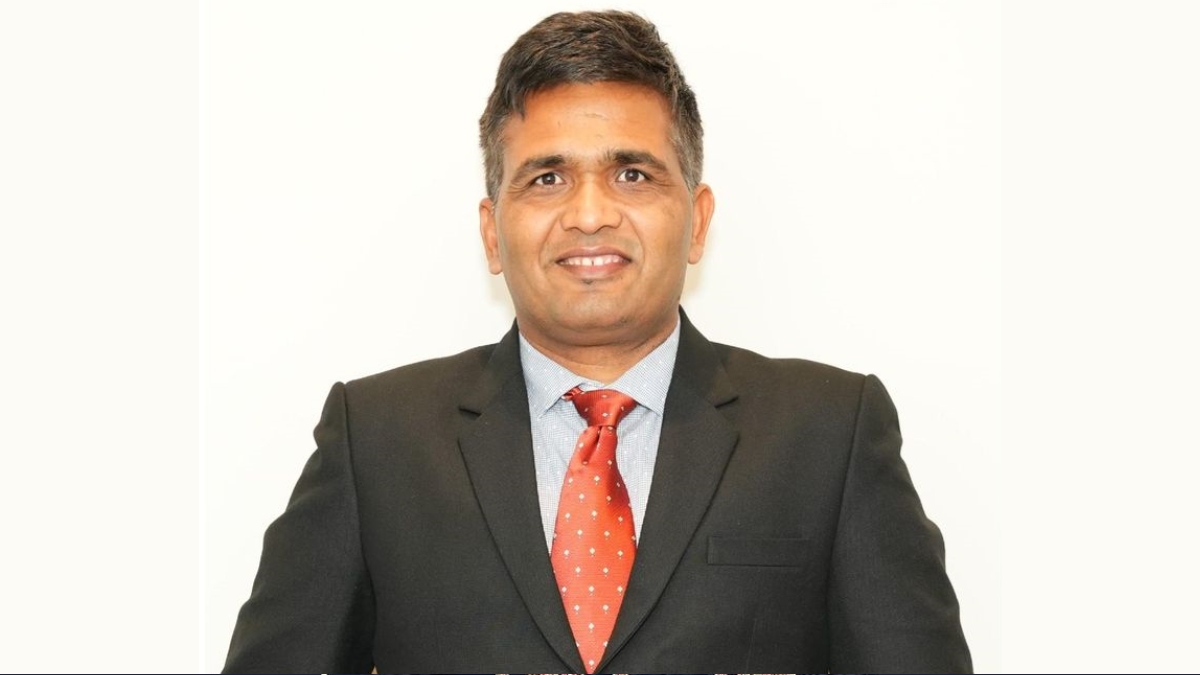Tech's Big Miss in Healthcare: Why Brilliant Innovations Struggle to Get Traction

The Promise vs. Reality of Tech in Healthcare
We've all heard the hype: AI-powered diagnostics, robotic surgery, wearable health trackers – technology is poised to revolutionise healthcare as we know it. Yet, despite incredible breakthroughs, the adoption of these innovations often feels frustratingly slow. Why is that? The answer, as with many things in healthcare, is complex, but boils down to a fundamental tension between the need for rapid advancement and the absolute necessity of safety and precision.
The Rigorous Standards – A Necessary Hurdle
Unlike industries where iterative improvements and rapid prototyping are the norm, healthcare operates under a microscope. Every new platform, device, or software application must navigate a minefield of compliance standards, regulations (like Medsafe in New Zealand), and rigorous testing protocols. This isn't about red tape for the sake of it; it's about protecting patients. The potential consequences of a technological failure in healthcare are simply too severe to allow for shortcuts.
Think about it: a faulty algorithm misdiagnosing a condition, a robotic surgical error, or a data breach exposing sensitive patient information. The stakes are incredibly high, and rightly so. This emphasis on safety inherently creates a barrier to entry for new technologies, especially those without a proven track record.
The 'Track Record' Factor: Building Trust Takes Time
New technologies often lack the extensive clinical validation and real-world data that established solutions possess. Healthcare professionals are understandably hesitant to adopt something unproven, especially when patient lives are on the line. Building trust takes time and requires robust evidence demonstrating efficacy, safety, and reliability. This means lengthy trials, peer-reviewed publications, and widespread adoption within reputable institutions.
Beyond Compliance: Cultural Shifts & Practical Considerations
It's not *just* about compliance, though. There are also cultural factors at play. Healthcare professionals are often deeply entrenched in existing workflows and resistant to change, even if the new technology promises significant benefits. Training and integration costs can also be a significant barrier. Simply having a brilliant piece of technology isn't enough; it needs to be seamlessly integrated into existing systems and supported by adequate training for all users.
Looking Ahead: Fostering Innovation While Maintaining Safety
So, what can be done to accelerate the adoption of beneficial healthcare technologies without compromising patient safety? Here are a few key areas to focus on:
- Streamlined Regulatory Pathways: Exploring adaptive regulatory frameworks that allow for iterative testing and approval while maintaining rigorous safety standards.
- Real-World Evidence Generation: Developing strategies to collect and analyze real-world data to supplement traditional clinical trials.
- Interoperability Standards: Ensuring that new technologies can seamlessly integrate with existing healthcare systems.
- Focus on User Experience: Designing technologies that are intuitive and easy to use for healthcare professionals.
- Collaboration & Partnerships: Fostering collaboration between technology developers, healthcare providers, and regulators.
The future of healthcare is undoubtedly intertwined with technology. But achieving that future requires a thoughtful and balanced approach that prioritizes patient safety while embracing innovation. It’s not about choosing one over the other; it's about finding the sweet spot where technological advancement and responsible healthcare converge.






